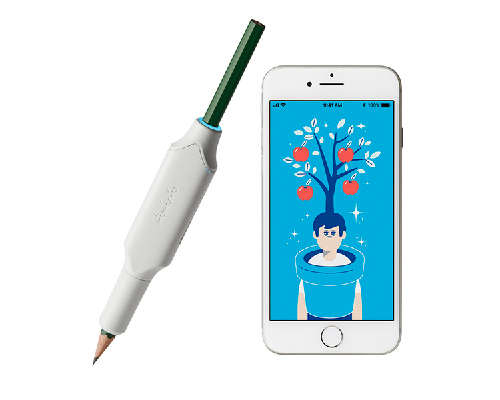Initiatives and History
1905
Zentaro Kuroda opened the Kuroda Ledger Cover Shop, a shop manufacturing covers for Japanese-style account ledgers (wacho)
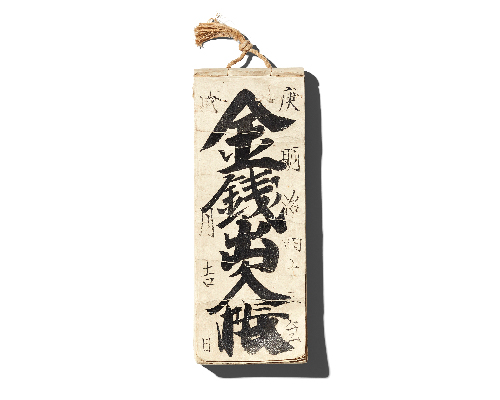
1908
Production of wacho began
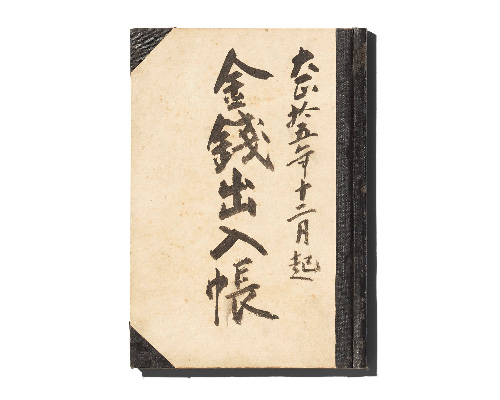
1913
Production of readymade Western-style account edgers began
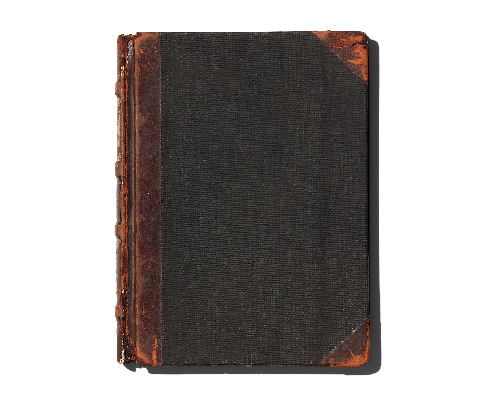
1914
Company name changed to Kuroda Kokkodo.
Started production of accounting slips, invoices, duplicate copybooks, and letter paper
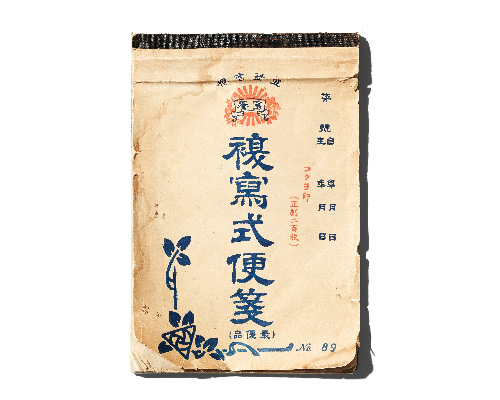
1932
Stationery pads with high-quality colored paperboard released
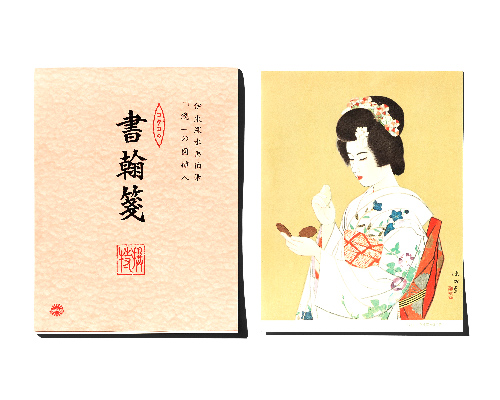
1956
Flat files released
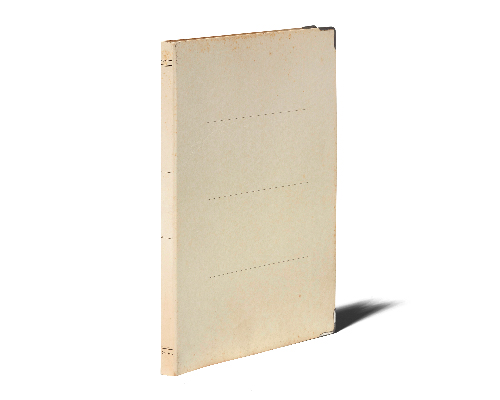
1959
Survey filed notebooks released
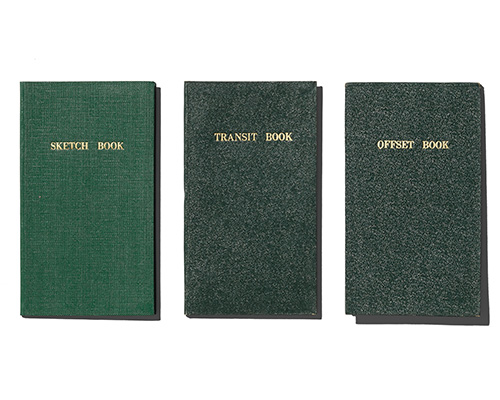
1960
Entry into the office furniture business
Filing cabinets released
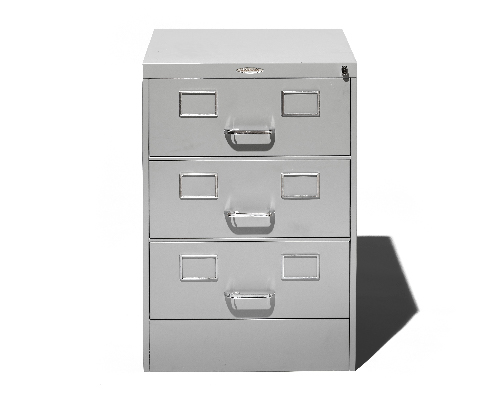
1961
Company name changed to KOKUYO Co., Ltd.
1964
Scrapbooks released
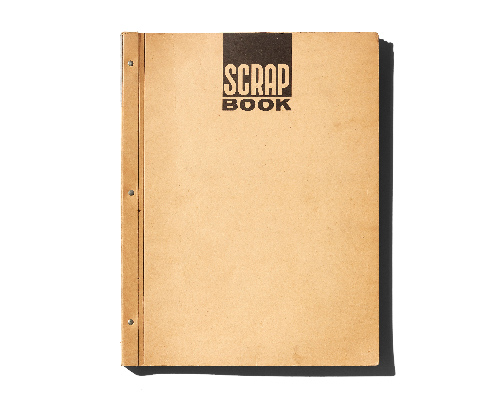
1965
Steel desks released
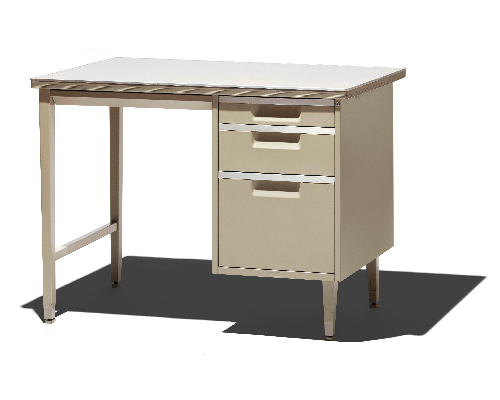
1966
Office swivel chairs released
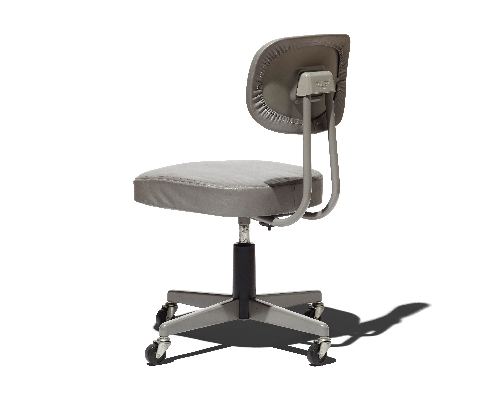
1969
Japan’s first Live Office is born
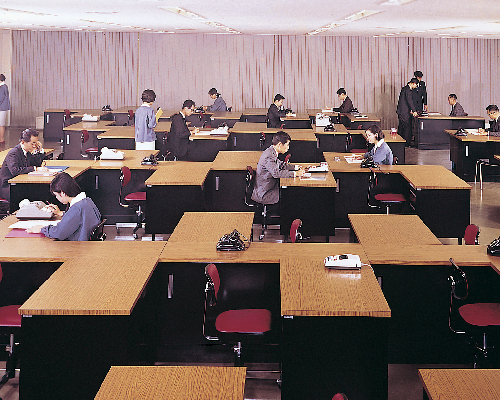
1975
Campus Notebooks released
Started manufacturing of furniture for educational facilities
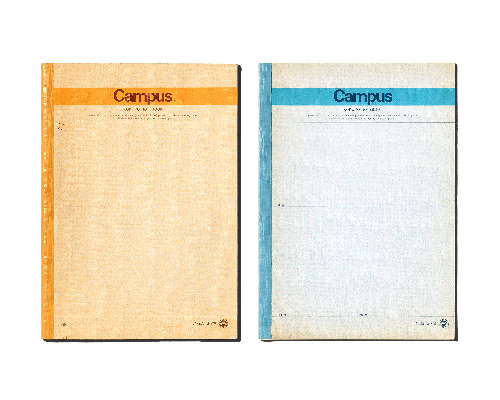
1981
KuruKuruMeka (adjustable child desk) released
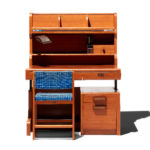
1983
File box FS released
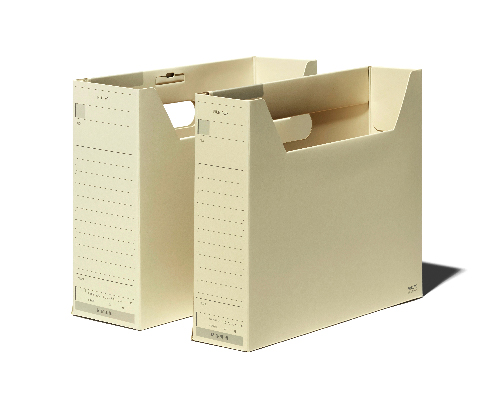
1996
Established overseas group companies and started manufacturing, sales, and import and export operations of stationery and furniture
1998
Initiatives for Universal Design began
2000
Kaunet established
“PunyoPunyo Pin,” universal design-compliant thumb tacks released
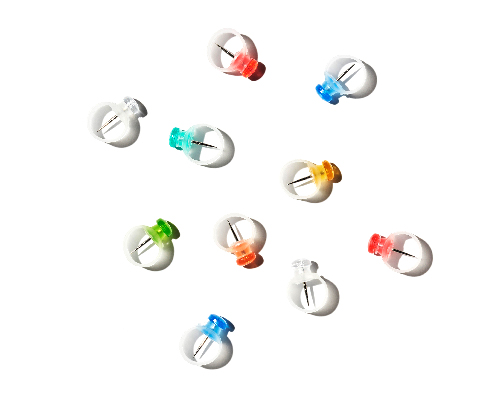
2002
KOKUYO DESIGN AWARDS began
2003
KOKUYO K Heart established
“Kadokeshi” plastic eraser released
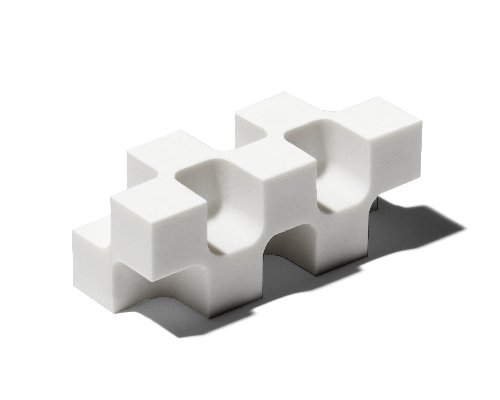
2004
Segmented all KOKUYO Co., Ltd. businesses into separate companies and moved to holding corporation system

Dot Liner (glue tape) released
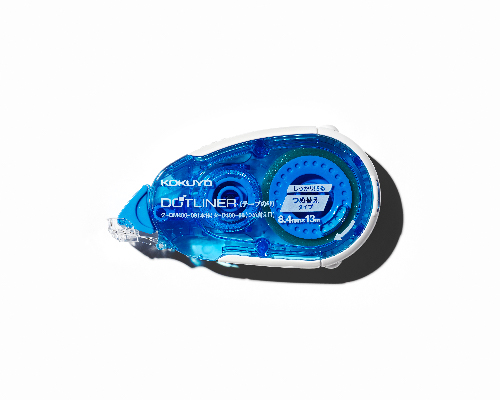
2006
KOKUYO invested in Actus Co., Ltd.
2008
Picture book series “The Face Notebook” released
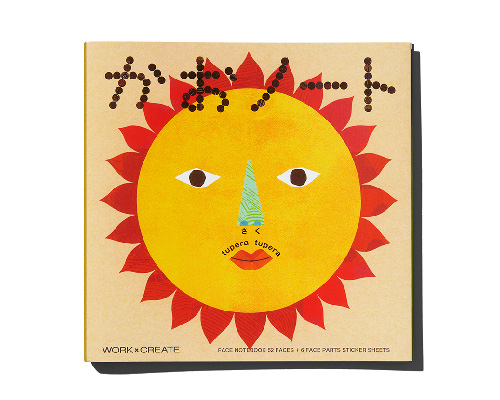
2009
Harinacs (staple-free stapler) released
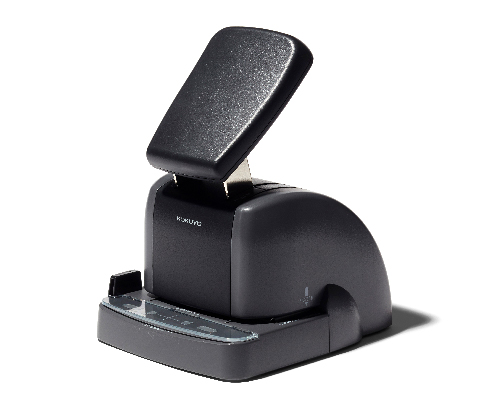
2011
2013
Kaucore launched
2015
Businesses reintegrated
“DAYS OFFICE” furniture brand launched

2016
In-house office bag Mobaco released

2017
Shop and café “THINK OF THINGS” opened
Office chair “ing” released
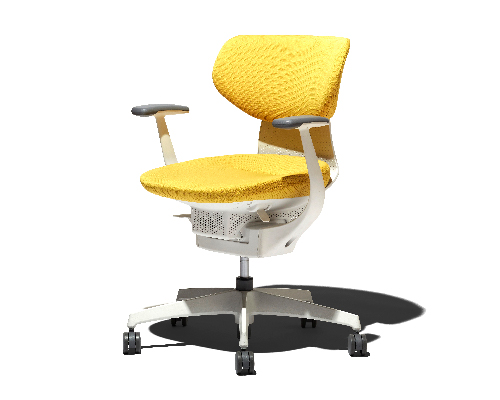
2018
Adhesive product brand “GLOO” released
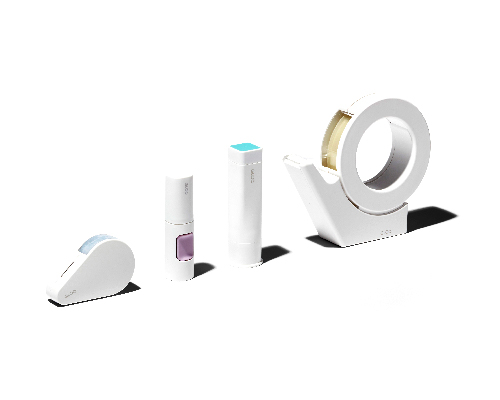
2019
Launch of IoT-powered stationery: Shukudai Yaruki Pen
